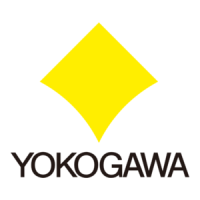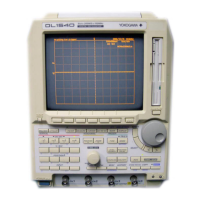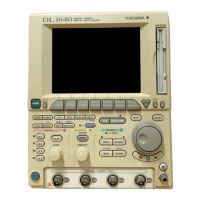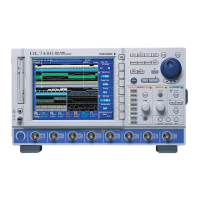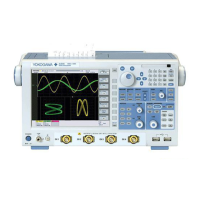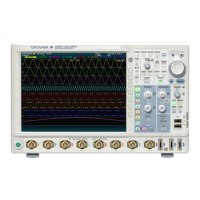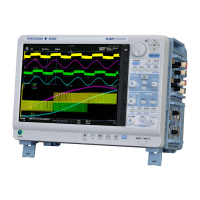Why are the measured values abnormal on my YOKOGAWA Test Equipment?
- KKimberly PinedaAug 20, 2025
If the measured values of your YOKOGAWA Test Equipment are abnormal, several factors could be at play. First, ensure the instrument warms up for at least 30 minutes after powering it on. Also, verify that calibration has been performed, the probe has been calibrated, and the probe attenuation is set correctly. Finally, check that the offset voltage is set to '0' and waveform inversion is turned OFF.
